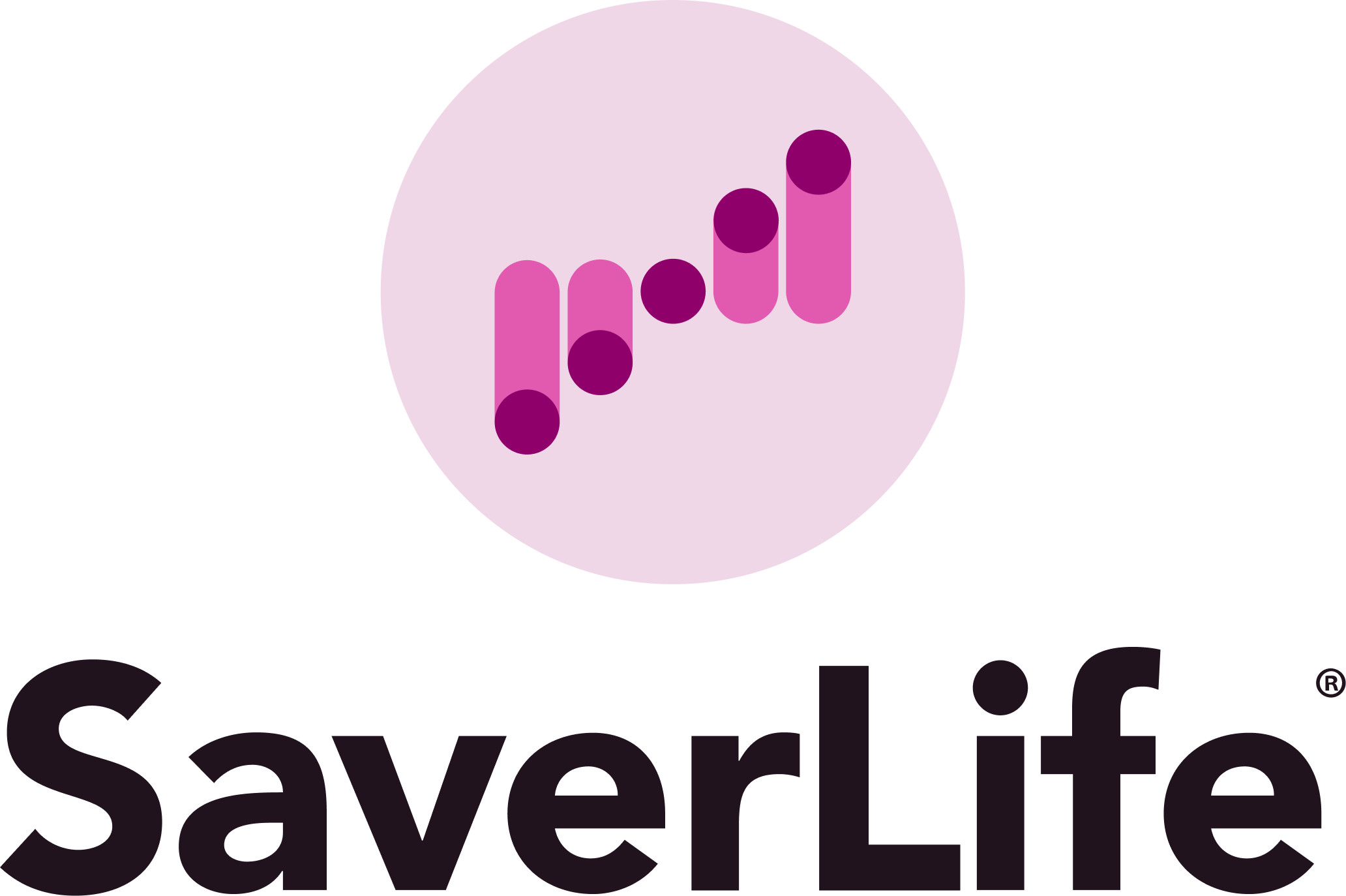5 Money Saving Hacks You May Not Have Considered

All it takes to start saving is regularly putting aside small amounts of what you bring home. Each dollar makes a difference when they add up!
Whether you’re looking to save for retirement, your first home, or a long-earned vacation, saving can make you feel comfortable and stress-free, even if saving itself seems overwhelming.
The good news is saving doesn’t have to be overwhelming!
A few tips and tricks can help you incorporate healthy saving habits into your life without making you feel like you need to cut corners.
Here are some hacks to help you save:
1. Try using envelopes to help you save
The cash envelope system is an old-school budgeting method that’s still incredibly useful when you want to save money. If you prefer paper and pencil methods, it might make saving more enjoyable!
To get started, create a budget by listing your monthly expenses.
Next, assign an envelope to each expense by writing down the spending category on the envelope, such as groceries, mortgage, and utilities. Make sure one envelope is for savings, in case you have money you can set aside.
You’ll want to write the amount for each expense inside its respective envelope. For example, if you know your family spends roughly $600 a month on groceries, you’ll strive to keep that amount in the envelope at the start of the month and stick to the budget as you spend.
Once you use up the money in the designated envelope, you should try not to spend any more on that category. If any money is left over at the end of the month, roll it over into the next month or add it to your savings.
It means you’ll have to spend carefully, so your budgeted amount lasts the month because you have a limited amount of money in the envelope.
This helps avoid the seemingly consequence-less swipe of a credit card, which may not always feel like “real” spending.
Credit cards can make it easy to spend more than your budget allows. In fact, research has shown that people feel more comfortable spending with credit cards.
Cash can help you lay a foundation for spending habits that a credit card makes easy to ignore.
2. Get flexible with your free time
Having fun and enjoying yourself aren’t tradeoffs for saving. With a little creativity, you’ll find that there are lots of budget-friendly ways to spend time with your family.
You can even try and challenge yourself to make every other weekend a “no spend” weekend, during which you try to go the weekend without spending money. You can spend the weekend making meals with family, watching movies, doing crafts, or enjoying the outdoors.
Here are some other budget-friendly ways to enjoy your free time:
- Have a homemade picnic dinner at sunset
- Visit a museum
- Hike, camp, or swim in nature
- Partake in volunteering projects
- Visit your local library
- Have a movie night or an at-home spa day
Consider how much money you might’ve spent that weekend and tuck it away wherever you save. It’ll make you feel that much better about how you spent your time.
3. Wait before making a purchase
Waiting to make big purchases when you impulsively feel compelled to spend might help you slow down and weigh out your options. Waiting shifts decision-making from the emotional part of your brain to the logical side. It gives you enough time to differentiate what you want from what you need.
You can try enforcing the 72-hour rule when making big purchases. After waiting the specified period, buy the item if you still want to. This little trick keeps us from giving in to instant gratification.
You can also try the 30-day rule. If you want to spend more than $50 on something, you should wait 30 days before making your purchase.
Instead, add items to wishlists.
Come back in thirty days and see if you still want to buy it. Some people find that they’ve changed their minds or that the items are on sale.
4. Cut back on eating out
A quarter of every dollar that Americans spend on food goes to restaurants and food services.
Cutting back by saving on everyday spending in favor of a larger goal can be as simple as cutting out your morning drive-thru stop.
From coffee cups to three-course meals, avoiding eating out is a small way to rack up savings, even if it may not seem like it.
Take, for example, a morning caffeine fix. A coffee stop may feel like a reflex, especially if it’s a part of your morning commute.
The four dollars spent on each drink can add up after just a month of visits. You might swap out daily meals and lattes for weekend entertainment or put it towards a slow but steadily growing retirement fund.
Don’t believe you can save with such a simple swap?
Well, suppose you spend $150 eating out each month. That dollar amount in a Roth IRA, with an 11% rate of return, will earn upwards of $200,000 after 30 years.
Even reducing how often you eat out can offer you an easy way to spend.
5. Make “payments” to your savings account
If you’ve paid off large loans or are looking to take out a loan in the future, making “payments” to yourself can help you save and prepare for financial responsibility.
Determine a high-value monthly payment you can transfer to your savings account at the end of each month. If you’ve already paid off loans or are used to being billed a specific amount, this is an extension of your old financial routine that is exclusively for you.
If you’re setting aside the same amount of money you would have used to make a monthly payment, you may not notice the money leaving your checking account. Better yet, it may feel nice to see the amount added to something for you and your family.
Consider what your typical loan payments were or will be, and set up a monthly withdrawal into your savings account. With just $300 every month for six years, you’ll have saved $21,600.
Some banks let you give each savings account a nickname. This will help you keep track of your savings while you set your eyes on your next financial goal.
This strategy also works for anticipated monthly payments to help you prepare or set aside for future payments.
For example, if you are looking to purchase your first home, you might prepare to see if the estimated mortgage payment is affordable for your family by setting off an estimated amount each month.
This might even be a highly effective way for you to save up for a downpayment!
Create financial habits that’ll last a lifetime with SaverLife
At SaverLife, we’re passionate about helping people cultivate the habits that give them a lifetime of financial security. From creating an emergency fund to saving for your first home, we’ll help make saving easy and fun!
If you use SaverLife, you’ll also give yourself the chance to win cash prizes and other incentives for saving.
Saving doesn’t have to be hard, and if you think you could benefit from what we offer, contact us today!

SaverLife is a nonprofit organization dedicated to helping people improve their financial health. Through savings challenges, personalized tips, and trusted resources, we empower people to build stronger financial futures.
